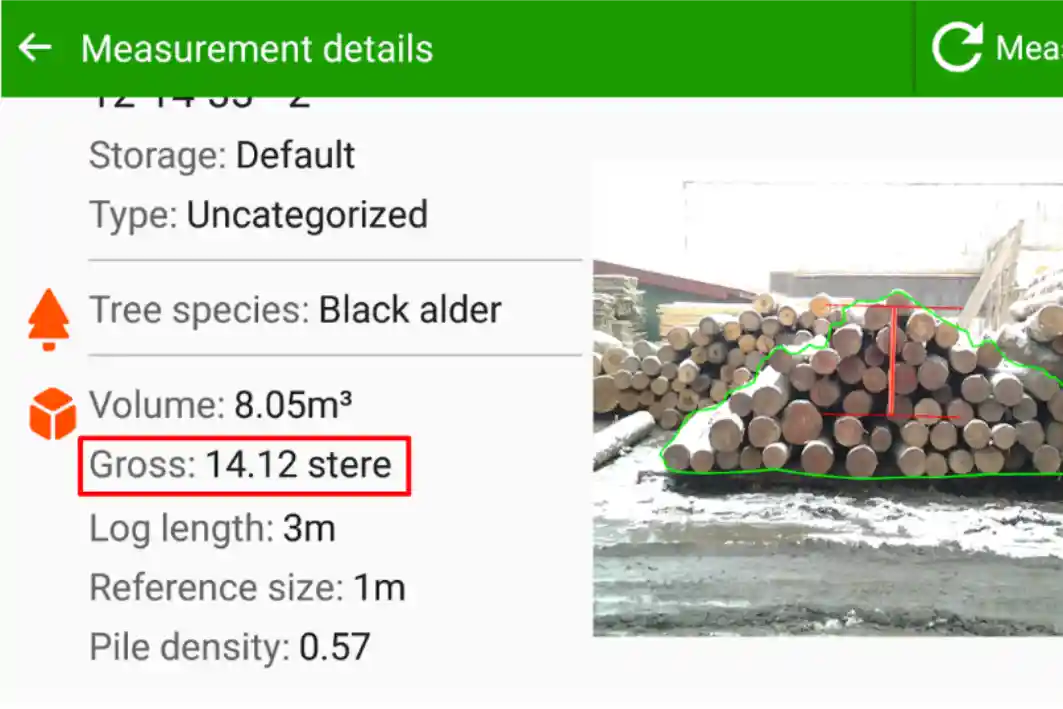According to Britannica, stere is:
“[…] metric unit of volume equal to one cubic metre, or 1,000 litres. The stere (from Greek stereos, “solid”) was originally defined by law and used in France in 1793, primarily as a measure for firewood.”
Besides being an archaic measurement unit, the stere measurement is still an extremely important part of the pile measurement – and not only for firewood, as it was in its primary function. In today’s world, the forestry industry in a number of countries requires the measurement of stere, either for pulpwood or even sawmill logs.
For the imperial system, the adoption of “cord” to wood commerce in North America gives a similar result. The total given by one cord is 128 square feet.
The stere measurement provides the cubic meter of stacked logs in addition to air and bark so, basically, the area contemplated by the stere includes wood material and air in a 1x1x1m cube. As said previously, the stere measurement stills present in the forestry industry nowadays as a primary source for the pile measurement in different countries. The results in stere will be multiplied by the stacking factor (the density of the pile), giving a more accurate view of the true content of the pile itself – how much wood you really get from that stack.

The process is made manually as a primordial part of the measurement, because it does not restrict the size of the logs stacked or the pile itself. Therefore, there’s a need for a better overview of the timber production, making the stere measurement an easy method of measuring and trading wood. After being used only for firewood, this type of measurement started to attract pulpwood producers, since the eucalyptus is usually stacked in large piles and the real volume is made by sampling the stacking factor.
In order to make the process easier, our team developed a way to automatically measure the stere in the piles. The result will be available with the final pile measurement and it can be pretty useful to compare data and track the real volume of the logs. You can check the stere volume alongside the results, when the measuring process with Timbeter is done.

Many of Timbeter’s clients are already using this functionality with satisfactory results, in special in combination of the Density functionality. This creates an environment that makes possible to keep all data in the digital form to be shared and checked whenever needed.
Do you have any questions or suggestions for our team? Let us know here.
Download Timbeter today and start measuring logs quickly and accurately.
